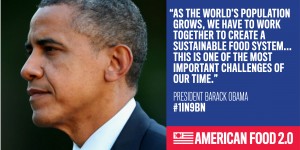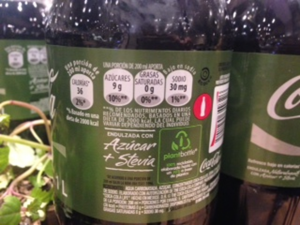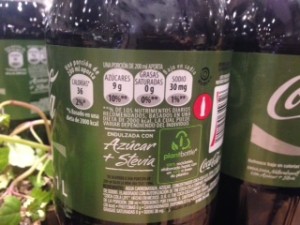Food Navigator—USA’s Elaine Watson just put together a special edition on the revamping of the Nutrition Facts label. Her title: Radical overhaul or a missed opportunity?
To understand what’s happening with food labels, you can start with the FDA’s home page on its proposed revisions. The comment period has ended. You can read the comments that have been filed on the Nutrition and Supplement Facts panels, and those filed on the proposed changes to the standards for serving sizes. These are fun to read; opinions, to say the least, vary.
But back to Food Navigator, which collects in various pieces on the topic in one place. The “Radical overhaul” piece contains a summary of the major provisions. Others in the series are also useful (I’m quoted in some of them):
Does vitamin D belong on the Nutrition Facts panel?
FDA proposals to list “added sugars” on the Nutrition Facts panel have already generated heated debate, so it’s perhaps unsurprising that its plan to include vitamin D is proving equally controversial…
Should ‘added sugars’ be listed on the Nutrition Facts panel?
A row is brewing over the merits of including ‘added sugars’ on the Nutrition Facts panel, with critics arguing that our bodies don’t distinguish between ‘naturally occurring’ and ‘added’ sugar – and neither should food labels – and supporters saying it will help consumers identify foods with more empty calories.
Nutrition Facts overhaul is a missed opportunity for long chain omega-3s EPA and DHA, says GOED
The FDA’s overhaul of the Nutrition Facts panel misses a public health opportunity by prohibiting firms from even highlighting long chain omega-3 fatty acids EPA and DHA on the panel, says GOED.
What are the biggest contributors of added sugars to the US diet?
Check out this analysis of NHANES data to see where our added sugars are coming from plus read new comments about the ‘added sugars’ labeling proposal from Ocean Spray cranberries and others.
Former FDA commissioner: Nutrition Facts overhaul doesn’t go far enough
FDA proposals to overhaul the Nutrition Facts panel on food labels don’t got far enough, says former FDA commissioner David Kessler, M.D.
Behavioral scientists: Changing serving sizes on Nutrition Facts label could have unintended consequences
FDA proposals to change the way serving sizes are calculated to better reflect real-life eating behavior could encourage some people to eat even more unless the wording is changed, says one expert group.
Until phosphorus gets on the USDA’s radar, labeling policy won’t change: NKF
While phosphorus is an essential nutrient found naturally in some foods such as egg yolk and milk, it is increasingly added to packaged foods via a raft of phosphorus additives, and some experts believe it should be listed on the Nutrition Facts panel.
Canada’s proposed Nutrition Label changes emphasize calories, sugar
Health Canada is proposing changes to nutrition labels that would make them easier for consumers to read.
RD: There’s a health continuum for every food; what pillars do you want to stand on?
Rachel Cheatham, RD, founder of nutrition strategy consultancy FoodScape Group, talks food labeling at the IFT show.
Is your product ready for nutrition label changes?
“A 16-ounce drink and a two-ounce bag of potato chips are a single serving. If it’s bigger than that, from 200 to 400%, then you need to declare two columns of information—one for the serving size and one for the whole container.”
Proposed nutrition labels more effective than current labels: survey
Consumers find proposed labels easier to read in less time.
How much do consumers use (and understand) nutrition labels?
New research from the NPD Group is questioning how many US consumers even routinely check nutrition labels anymore.
FDA’s proposed nutrition label changes emphasize calories, serving sizes
If approved, the new labels would place a bigger emphasis on total calories and update serving sizes, while also drawing attention to added sugars and nutrients such as Vitamin D and potassium.
CRN, NPA submit comments on FDA’s proposed changes to food, supplement labels
Both the Council for Responsible Nutrition and the Natural Products Association have submitted a comments on FDA’s proposed revisions for food and dietary supplement labels.
The FDA’s next step is to deal with the comments and issue final rules. By when?
Eventually. Stay tuned.

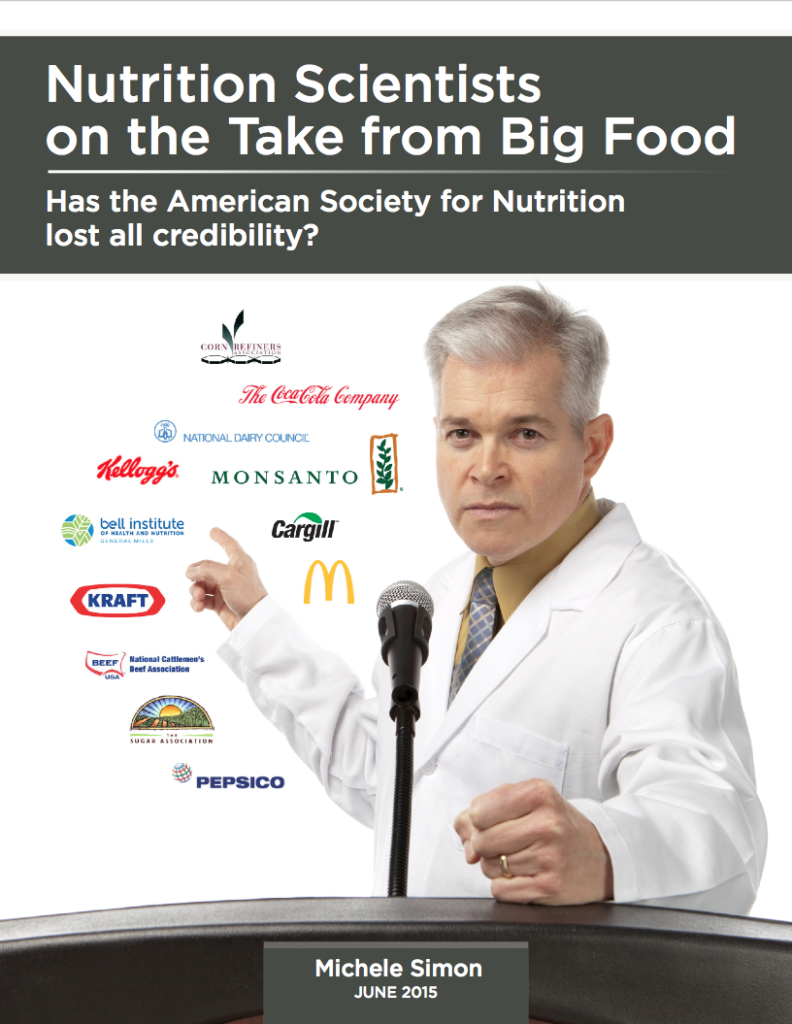

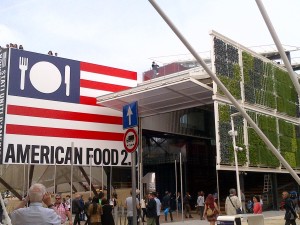
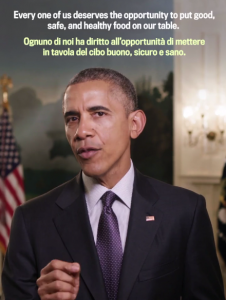 Even more, he adds:
Even more, he adds: